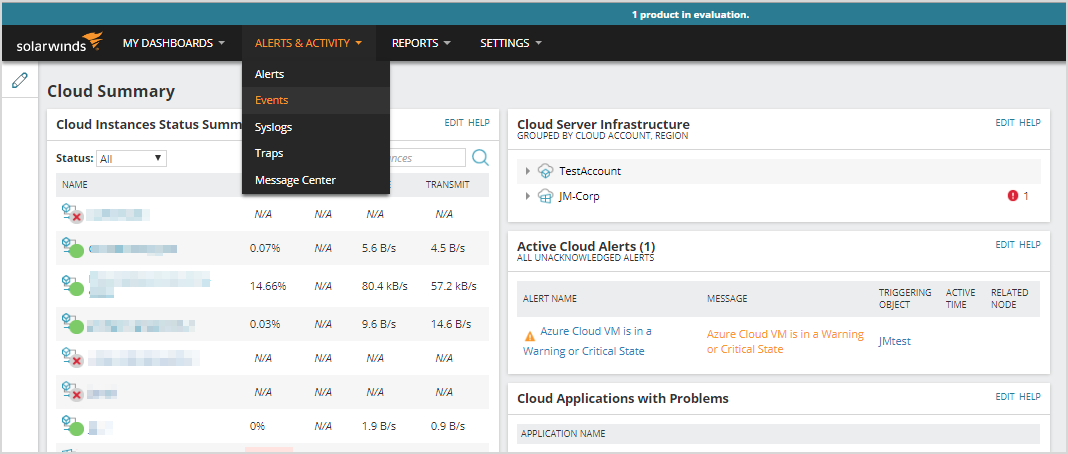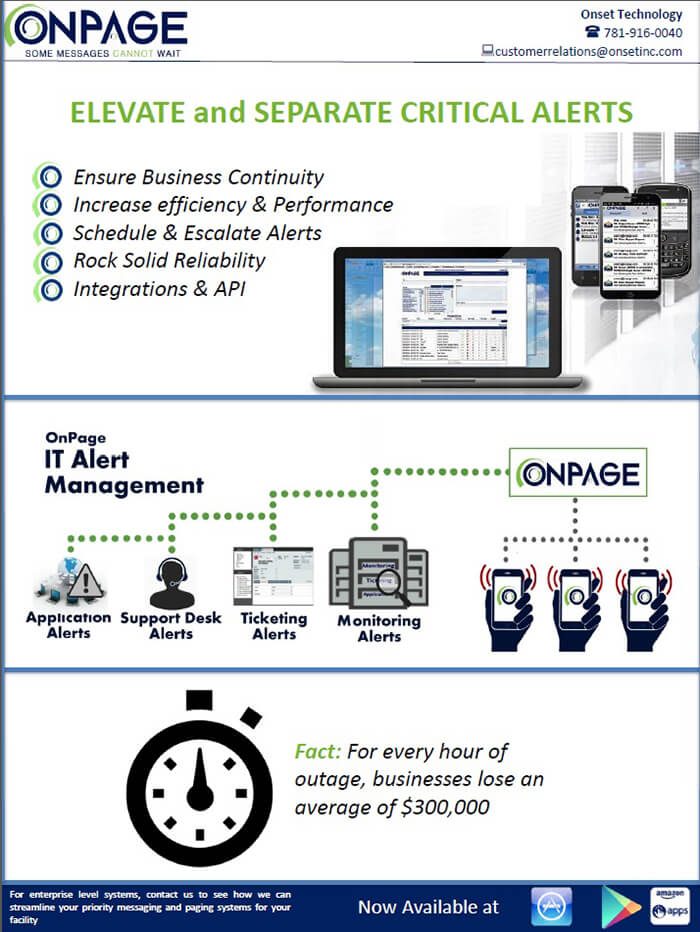

“Once this is accomplished, the adversary creates unauthorized but valid tokens and presents them to services that trust tokens from the environment,” the alert states. The alert notes the perpetrators were able to leverage their initial access to get more privileged access across agency networks, burrowing in deep before covering their trails. That last bit is the big worry for federal IT and security managers, as the SolarWinds Orion product was designed to access broad swaths of the network it is installed on. “In the case of infections where the attacker has already moved past the initial beacon, infection will likely continue notwithstanding this action.” This negates any future use of the implants and would have caused communications with this domain to cease,” the alert states. “Based on coordinated actions by multiple private sector partners, as of December 15, 2020, avsvmcloudcom resolves to 20.140.01, which is an IP address on the Microsoft blocklist. Those vectors have since been stitched shut, denying any new breaches but not remediating any deeper intrusions.


Ds72 orion solarwinds alert software#
The alert cites four versions of the SolarWinds Orion software that were found to be compromised.

“An operational security plan needs to be developed and socialized, via out-of-band communications, to ensure all staff are aware of the applicable handling caveats.” “Due to the nature of this pattern of adversary activity-and the targeting of key personnel, incident response staff, and IT email accounts-discussion of findings and mitigations should be considered very sensitive, and should be protected by operational security measures,” the alert states. “CISA has observed in its incident response work adversaries targeting email accounts belonging to key personnel, including IT and incident response personnel.”īetween the potential depth of the intrusions, additional yet unknown attack vectors and the focus on IT and security personnel’s email, CISA officials warned organizations to maintain extra security around remediation discussions. “The adversary’s initial objectives, as understood today, appear to be to collect information from victim environments,” the alert states. While the alert does not name suspects, officials offered a look into what is known about the attackers’ techniques and motivations. “CISA has determined that this threat poses a grave risk to the federal government and state, local, tribal, and territorial governments as well as critical infrastructure entities and other private sector organizations,” officials wrote. The alert calls out at least one other attack vector beyond SolarWinds products and identifies IT and security personnel as prime targets of the hacking campaign. Computer Emergency Readiness Team, or US-CERT, detailing what the agency currently knows about the attack. The Cybersecurity and Infrastructure Security Agency, or CISA, released an alert Thursday through the U.S. The fallout from the SolarWinds breaches will be far more difficult and time-consuming to remediate than originally assumed, as the attackers likely found more ways to enter federal networks than just the SolarWinds Orion product and have been targeting IT and response personnel, according to the government’s lead cybersecurity agency.


 0 kommentar(er)
0 kommentar(er)
